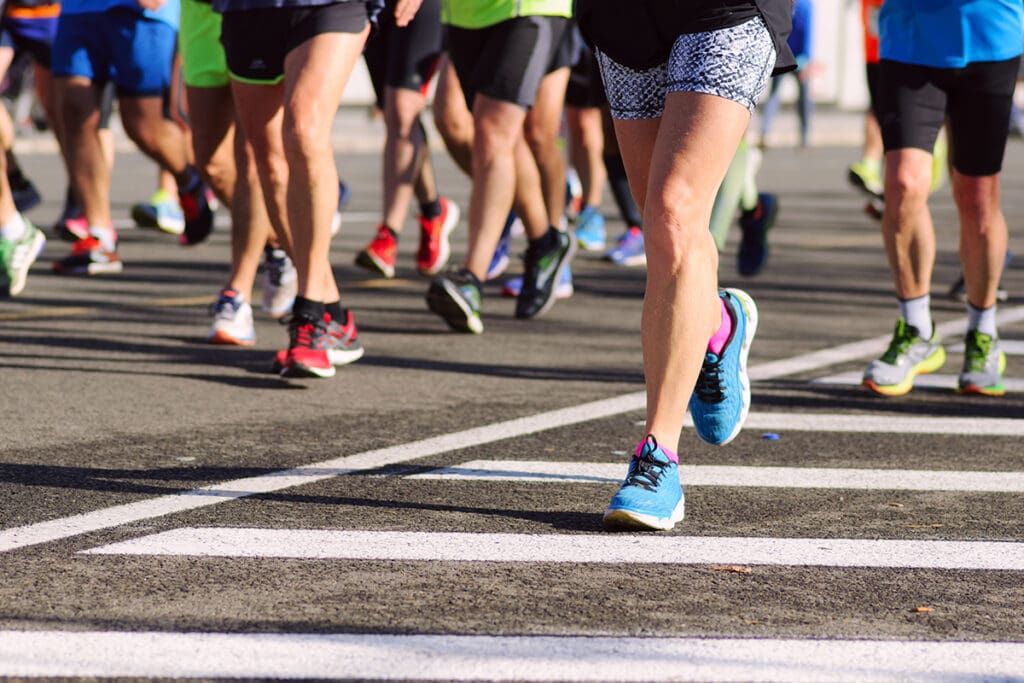Run Clubs are still growing in almost every pocket of the world
Run clubs have taken the global fitness world by storm in 2025, becoming the go-to community for runners of all backgrounds and ages.
Recent reports, including Strava’s mid-year data and multiple international fitness analyses, show an unprecedented surge in participation—driven by a universal desire for connection, healthy competition, and social well-being.
Explosive Growth Around the World
According to Strava’s latest mid-year review, the number of new run clubs has tripled compared to last year, with Brazil leading the pack by an astonishing 800% increase in club formation.
These communities are not limited to one region—major spikes have also been seen in Asia, Australia, North America, and Europe, dovetailing with a new “third running boom” across continents.
The United Kingdom, for example, has witnessed a massive growth in group running, making club activities part of its mainstream weekend culture, while “runcations”—vacations built around races or club meetups—are gathering traction in Australia and Asia.

Who’s Running: Demographics & Social Motivations
Run clubs have become a magnet for millennials and Gen Z, yet also draw in older enthusiasts, creating vibrant, intergenerational scenes.
Recent data reveal the average female club runner is 38 years old, and the average male is 44, with the core demographic highly educated and affluent—over 70% possessing university degrees and earning above $75,000 USD annually.
Gen Z in particular is four times more likely to seek social connections through running clubs than at bars, with 72% attending for friendship and over 20% finding romantic partners through their club. Group running not only fuels friendly competition—66% of Strava users set personal bests this year—but also doubles the “kudos” (positive feedback) received compared to solo runs, underscoring the power of community support.
Popularity Peaks: Where & When
Hotspots for club growth include Brazil—a true global outlier—with urban centers like São Paulo and Rio de Janeiro hosting hundreds of new clubs catering to varied running levels, interests, and even themed meetups (from party runs to charity sprints). Major international marathons, such as those in Beijing, Shanghai, Madrid, and Cape Town, are also seeing exponential interest, with seasonal surges tied to local race calendars and festival weekends.
Weekly group runs gravitate to weekends and early evenings, with Saturday mornings at 9am and Tuesday evenings at 6pm as peak times in the UK and US. Many clubs fuse running with lifestyle experiences: post-run brunches, live DJ sets, community clean-ups, or pop-up events with major brands like Asics, Nike, Hoka, and local craft breweries.

The Social & Retail Ripple Effect
The rise of running clubs is fueling growth in related industries, from sportswear and shoes to fitness tech. Strava and social media platforms like TikTok and Instagram are hubs for sharing progress, planning runs, or joining virtual club sessions. Google Trends data shows “run club” and “running shoes” reaching all-time search highs in early 2025, revealing both increased participation and commercial impact.
Brands and local businesses are embracing the trend, hosting club nights, collaborating on product launches, and using run clubs as experiential retail platforms. Fitness trackers are almost universal among club-goers, enabling friendly competition via real-time stats and progress sharing.
Why the Boom? The New Power of Community
The shift toward run clubs stems from a mix of factors: people’s need for in-person connection post-pandemic, the positive effects of “fitness friendship,” and the gamification of running via digital platforms.
Clubs offer a supportive, often non-competitive social structure that retains members longer than solo fitness routines. The fun factor is key: humor, shared goals, themed costumes, and creative routes are all defining characteristics of the new club culture.
Looking Ahead
With millions now choosing run clubs over traditional solo exercise—or even socializing at nightclubs—2025 marks a new era for the sport. As participation expands, expect further innovation around digital coordination, group challenges, and “hybrid” fitness events blending running with other social, wellness, or charity initiatives.
For runners of all ages and backgrounds, joining a local, global, or virtual run club is now the key to finding motivation, making friends, and setting new personal bests—one stride at a time.
















